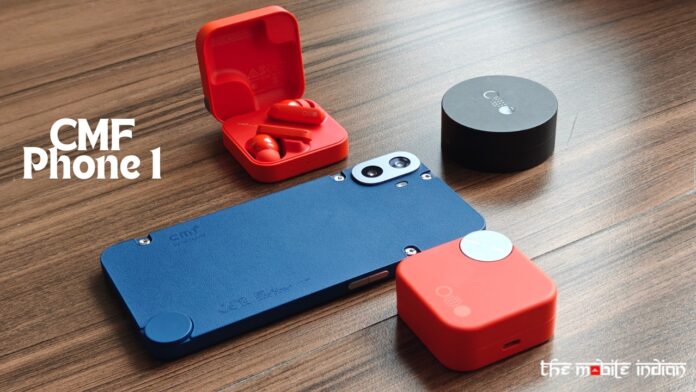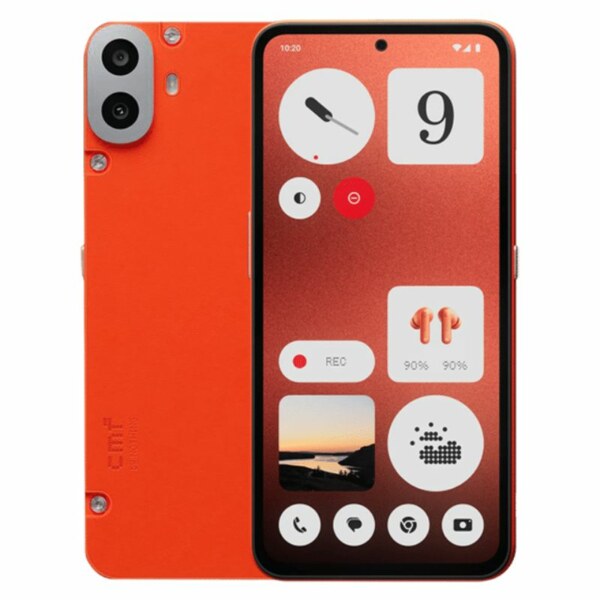CMF by Nothing has entered into the smartphone arena with the CMF Phone 1, priced starting at Rs 15,999. With some borrowed elements from Nothing’s own devices, the CMF Phone 1 wants to dominate the category with a MediaTek chip under the hood, paired with a Super AMOLED display, dual rear cameras and much more. Is it worth its price tag or does the competition get the best of it? Find out in our review of the CMF Phone 1.
Design & Display
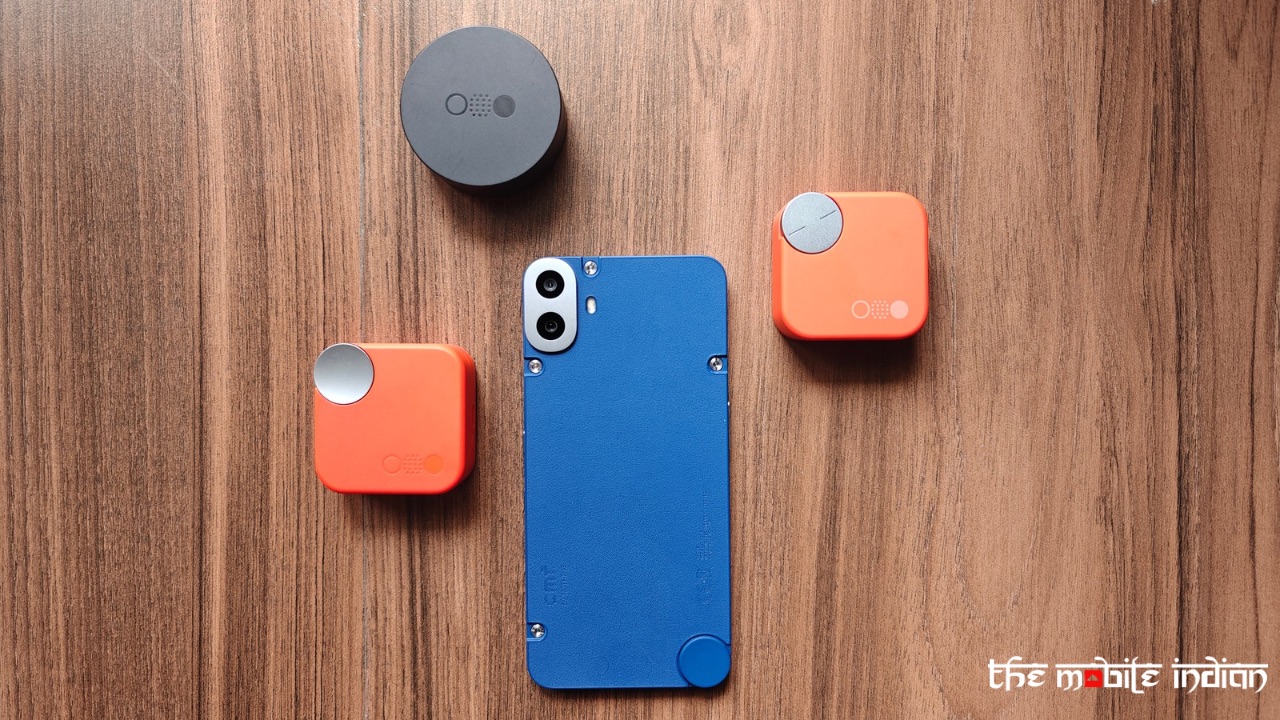
The CMF Phone 1, like other Nothing devices, keeps design at the centre stage. While you won’t see the glyph lights on the back of this one, you can expect to replace the back panel of this device by purchasing a new one for Rs 1,499. The back panel can be screwed out using an apt screwdriver.
It comes in four colours, including CMF’s signature orange shade, light green, blue, and black. You can then purchase a panel in one of these colours separately from the one that came pre-applied when you purchased the device. The blue panel that came pre-applied on the device had a vegan leather finish that felt decent but not the best.
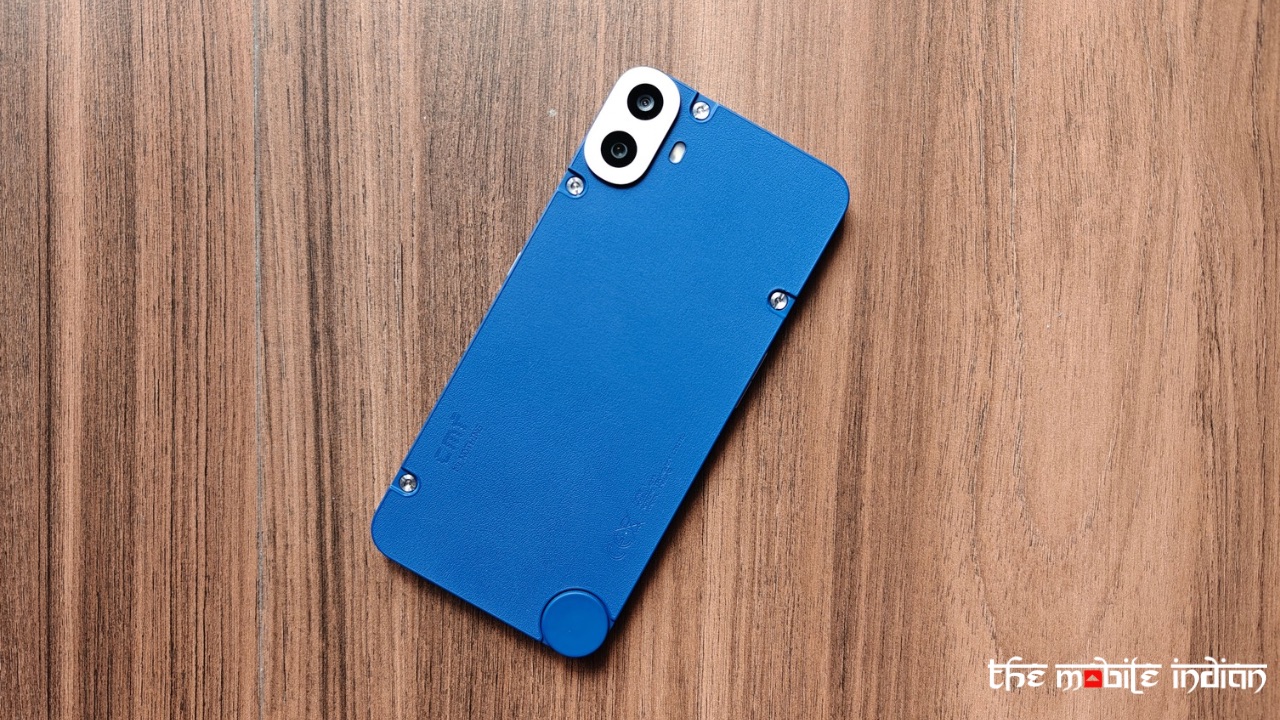
The quality of the panel itself is questionable because it permanently bent around the power button after we tried replacing it 3 to 4 times. For Rs 1,499, we expected the brand to offer a well-made panel.
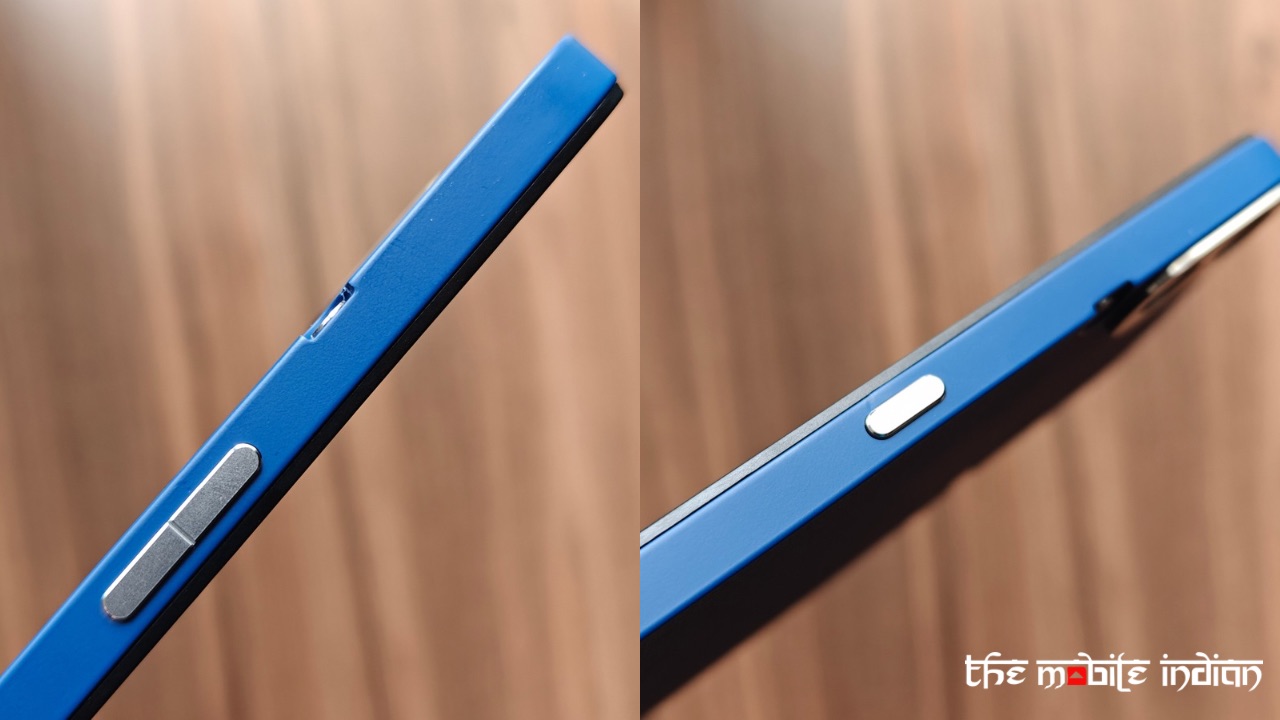
The sides of the handset are flat, and because it’s big and heavier, it feels dense in the hand. It is not meant for one-handed use by any means. The buttons on the left and right feel tactile when clicked, giving them a much better key travel than what we experienced with the buttons on the Nothing Phone (2a).
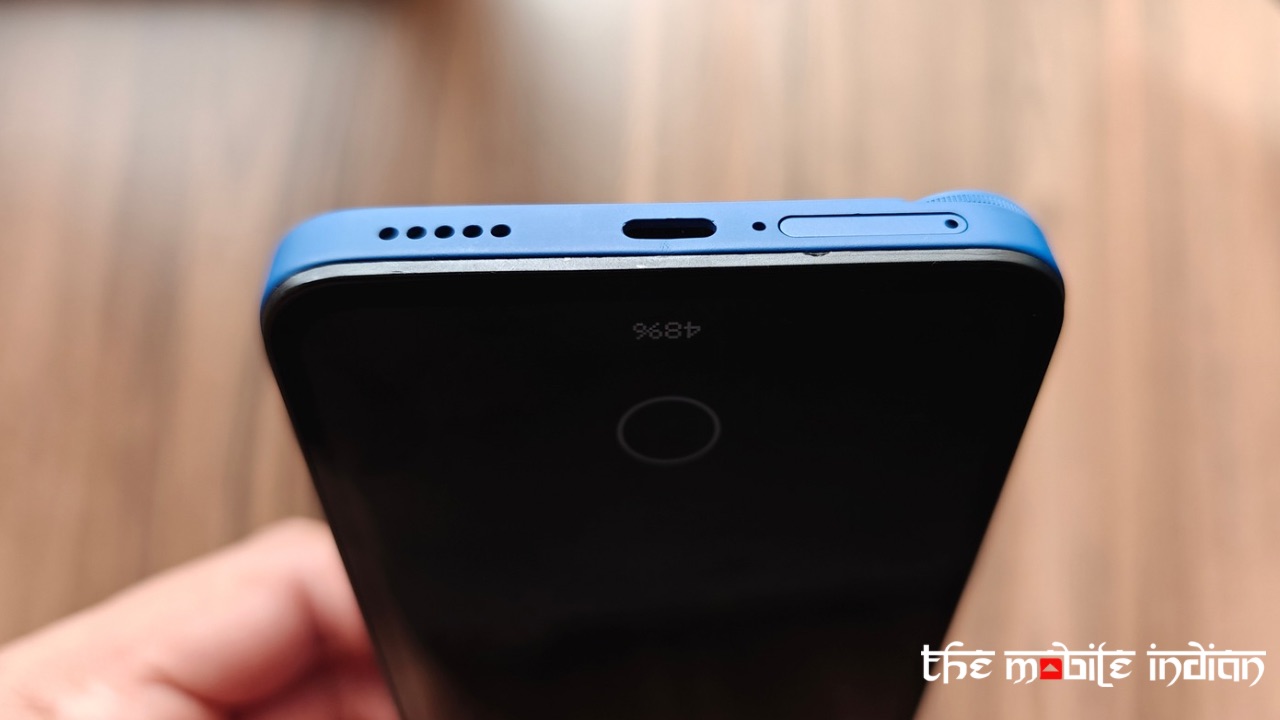
There’s a single speaker at the bottom that sounds good and is adequately loud. We would have loved it if it had stereo speakers, though. The vibration motor is much better than what we saw with the Motorola EDGE 50 Fusion, iQOO Z9, etc. It’s still not as strong as it should be, but it’s the best-feeling motor we have seen at this price, as it doesn’t feel as cheap as others do.
The overall design of the CMF Phone 1, including the silver camera module, which stands out from the rest of the panel, looks appealing. It is also IP52-rated, meaning moderate splashes shouldn’t hurt the device. While not the most premium feeling, the device is undoubtedly eye-catching and distinguishes itself in its segment in terms of design.
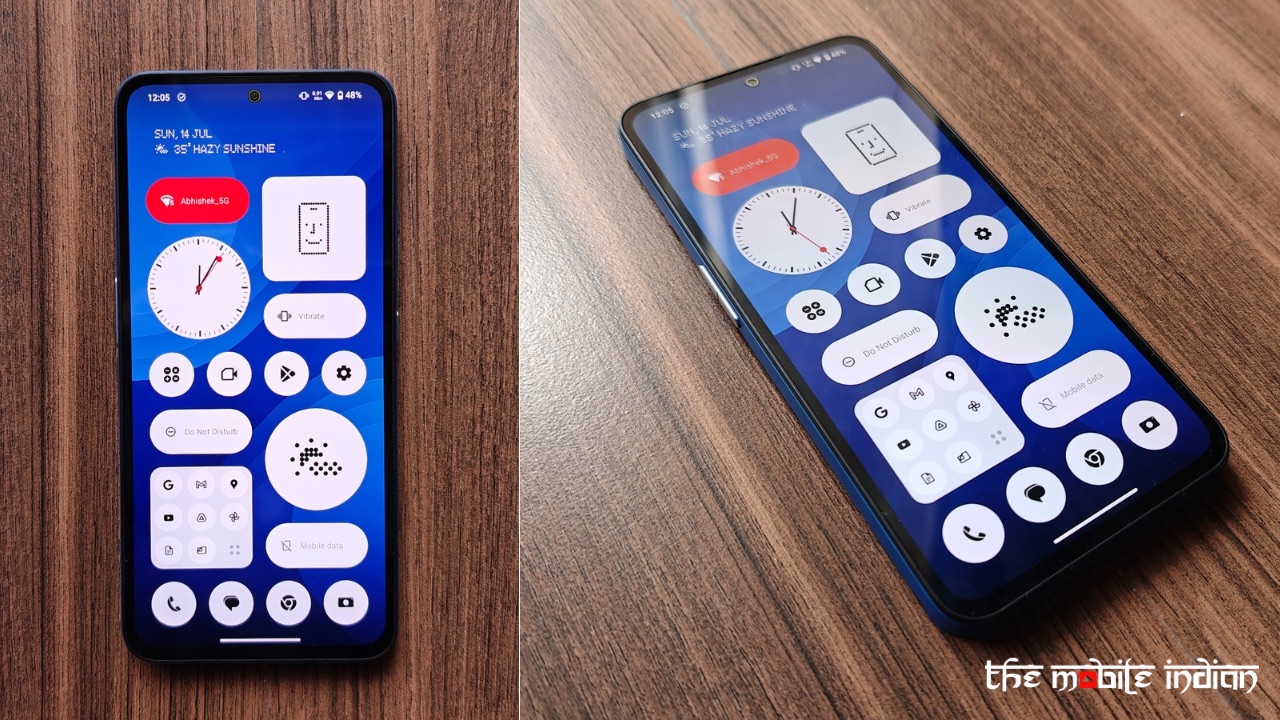
The display on the CMF Phone 1 is a 6.67-inch Super AMOLED LTPS display with a Refresh Rate of 120Hz. It has a peak brightness of 2000 nits, 395 ppi, 240Hz touch sampling rate, and a 960 Hz PWM Dimming rate.
The Phone 1 display seems quite decent for the price tag. It gets bright enough outdoors, and there’s no issue with it indoors as well. Aside from that, the Phone 1 handles colours quite well. These seem vivid, and while viewing HDR content, the screen displays even better colours.
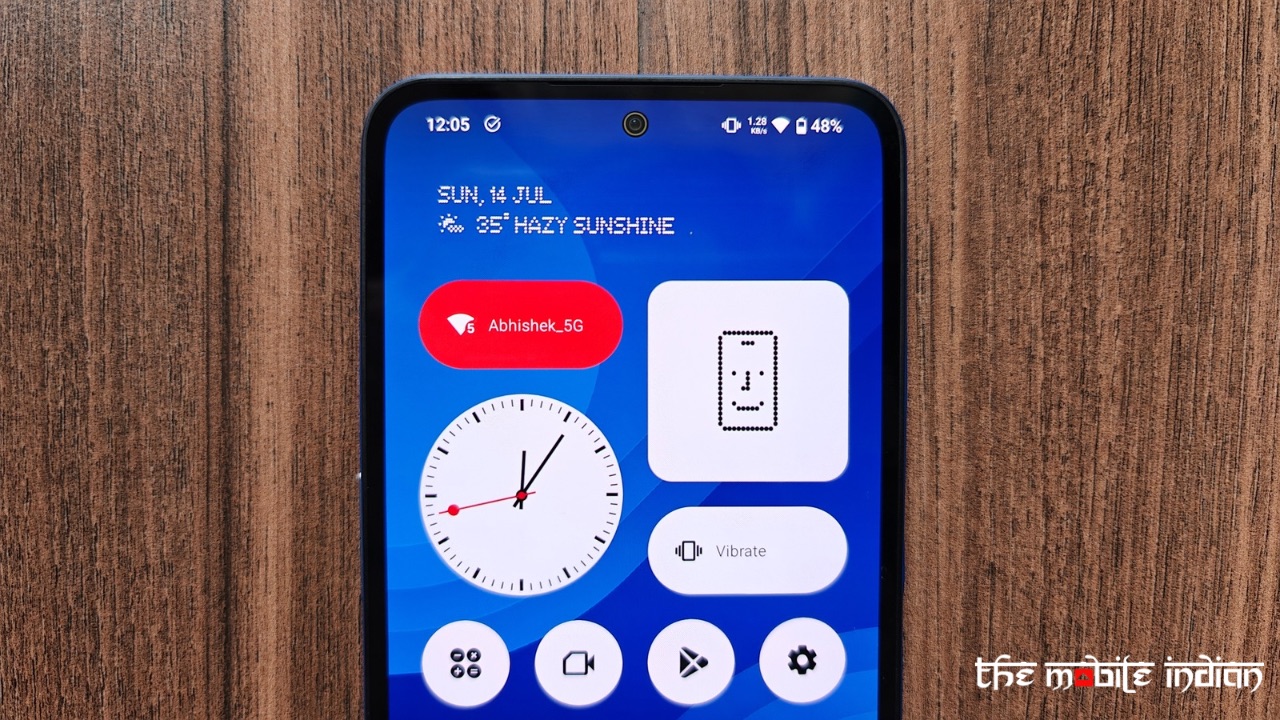
The viewing angles are average, as I constantly noticed a rainbow-ish hue when viewing from certain angles. The display on the Phone 1 runs smoothly without any hiccups and is also responsive to the touch. When set to a high refresh rate, I couldn’t notice any unnecessary drops in it. The bezels aren’t even on all sides, as seen on Nothing’s own devices, but they still aren’t intrusive by any means.
There’s an in-display optical fingerprint sensor that works 8/10 times. It’s not the quickest at unlocking and also sometimes fails to detect my fingerprint accurately.
While not as bright, the display on the Nothing Phone (2a) was certainly better when compared to that of CMF Phone 1’s panel.
CMF Phone 1 Replaceable Case (Light Green)
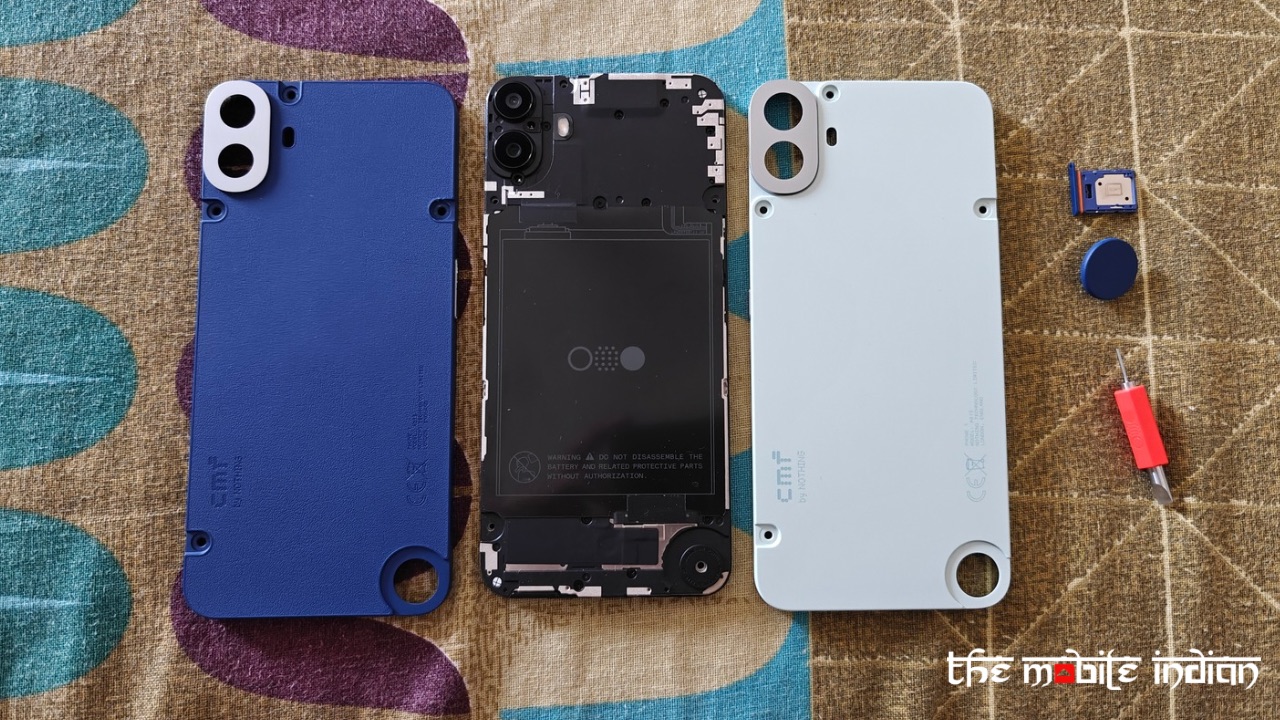
CMF also sent us a replaceable back panel in the light green shade for review alongside Phone 1. The back panel has a matte finish and, as mentioned, is made of plastic. It has a decent finish, but not better than the ones with vegan leather.
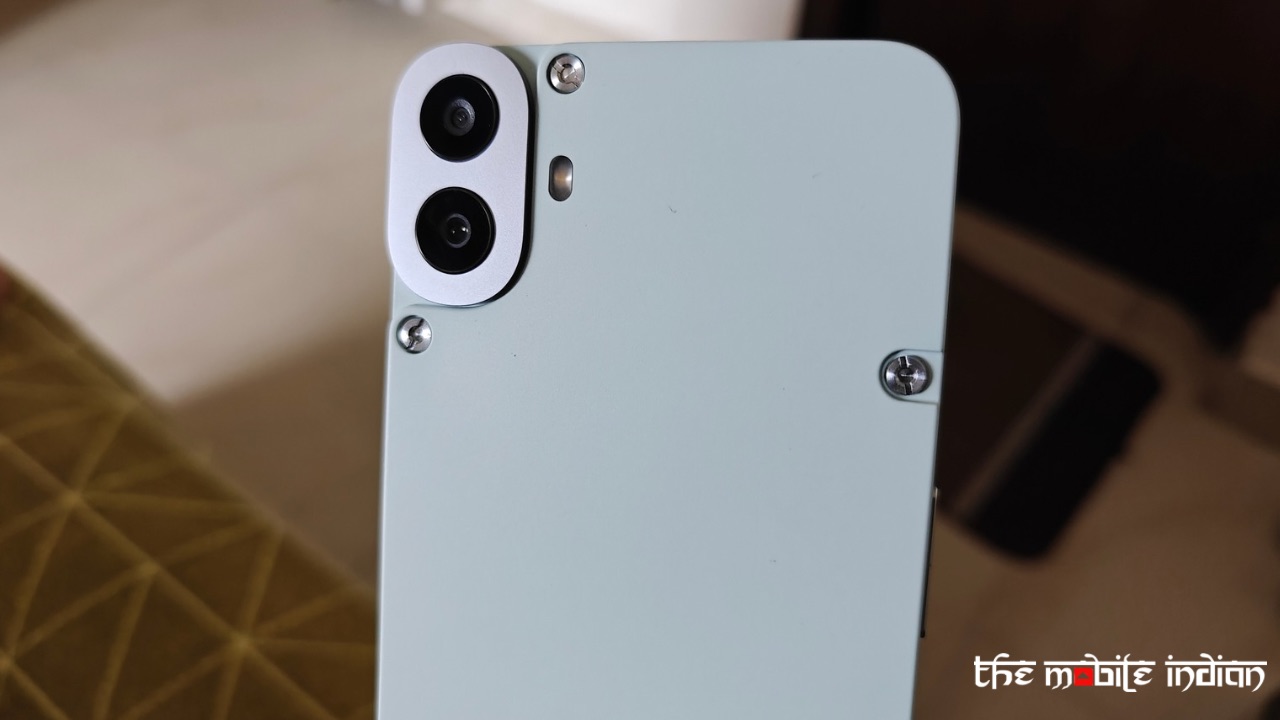
Within the box of the case, CMF also provides other elements such as the SIM Ejector-cum-Screw tool for unscrewing the four screws, four extra screws apart from the ones that came pre-installed on the device, the main accessory screw in the same colour as the back panel, and finally, a SIM tray which is also the same shade as the back panel.
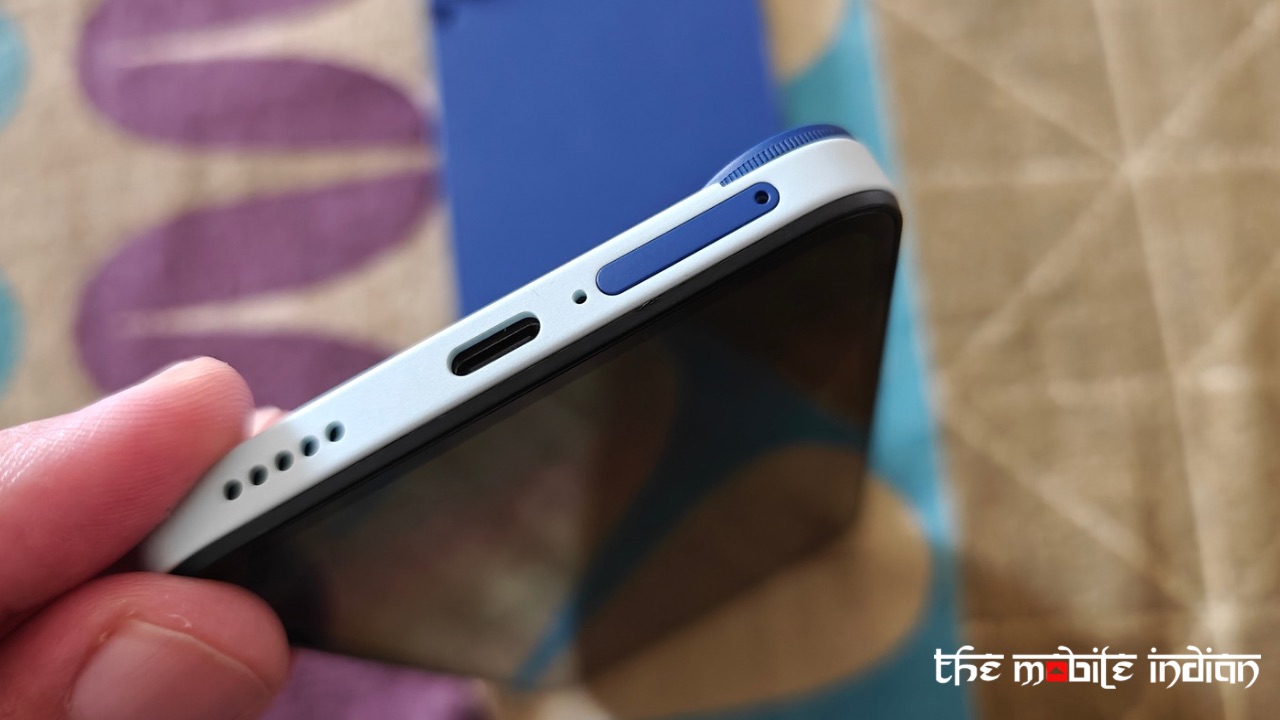
The panel removal process is quite easy, where you pull it off by holding the bottom left corner once all the screws are off.
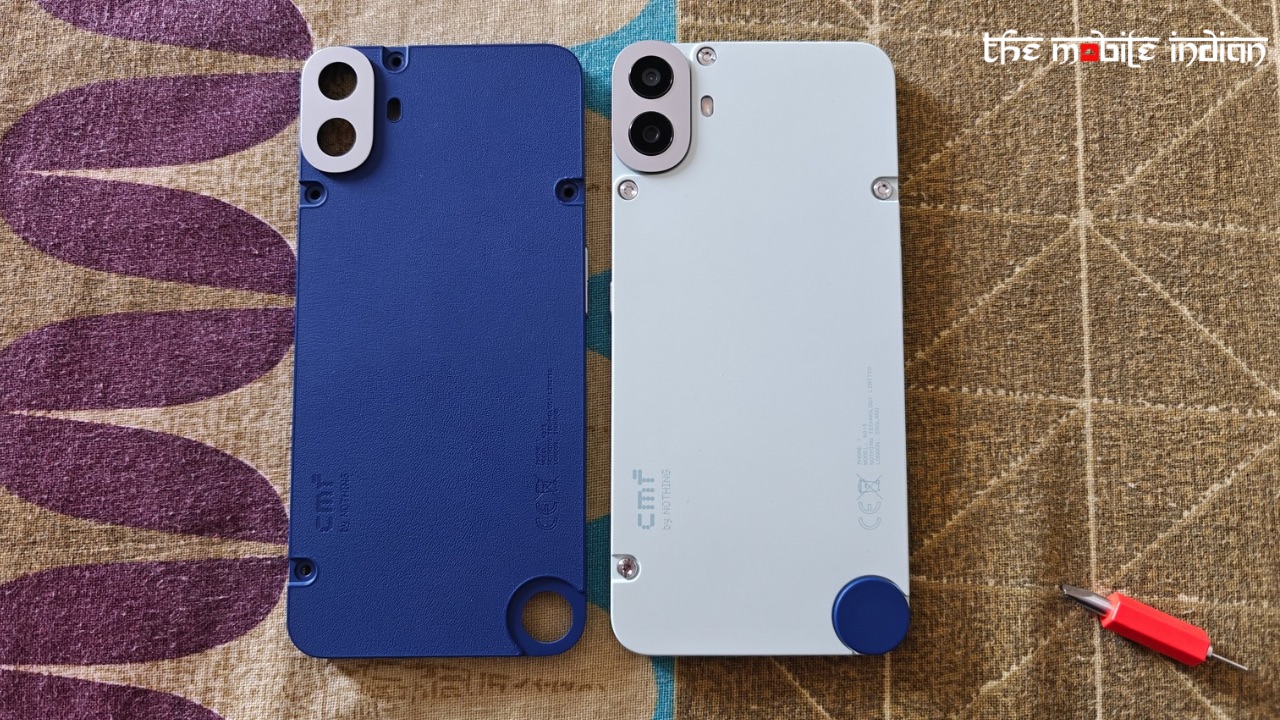
If you want, you can mix and match the colour of the accessory screw, SIM tray with the colour of the back panel, as shown in the image above. For instance, as we did above with our case, we kept the screw and the SIM tray of the dark blue case with the light green back panel. This allows the user to personalize the appearance of their handset according to their preferences instead of sticking to a simple design with elements in a single colour.
Performance & Software
The Phone 1 packs a MediaTek Dimensity 7300 Processor and runs on Nothing OS 2.6 based on Android 14. The device will get 2 Android OS upgrades and 3 years of security patches which is a standard update policy for smartphones in this price range. We have already received one update after taking it out of the box, which introduced a couple of necessary bug fixes, and also integrated the latest July 2024 security patch.
The top model has up to 8GB RAM and 128GB of expandable storage. CMF sent us the 8GB RAM model of the Phone 1 for review, and we were definitely impressed by how the device performed.
RAM management was efficient in the variant we tested, and the handset’s performance was smooth and responsive. In fact, thanks to the MediaTek chip, this is the smoothest device we have tested in this price range so far.
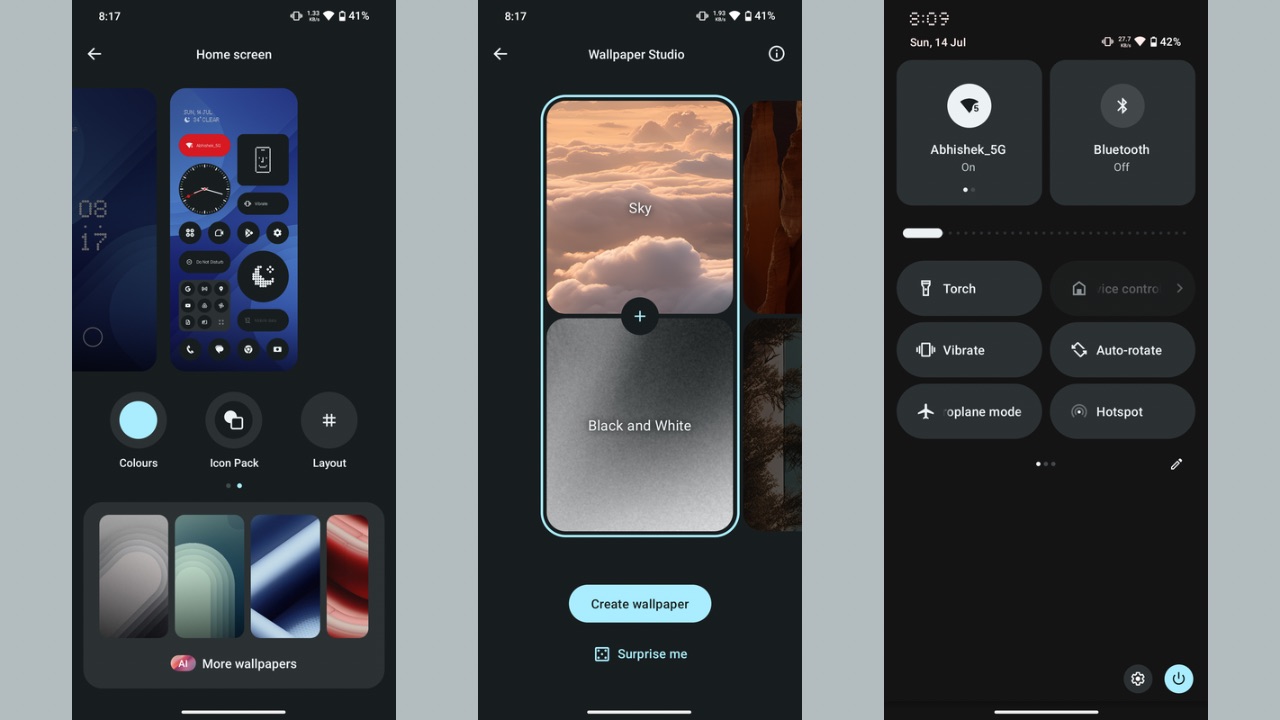
However, not all the credit goes to the chip for smooth operations, but to Nothing OS as well. The OS is excellently optimised and enables a fluid experience. The animations are smooth and there have been no lags during our review of the CMF Phone 1. I could also quickly switch between apps without ever facing a single stutter.
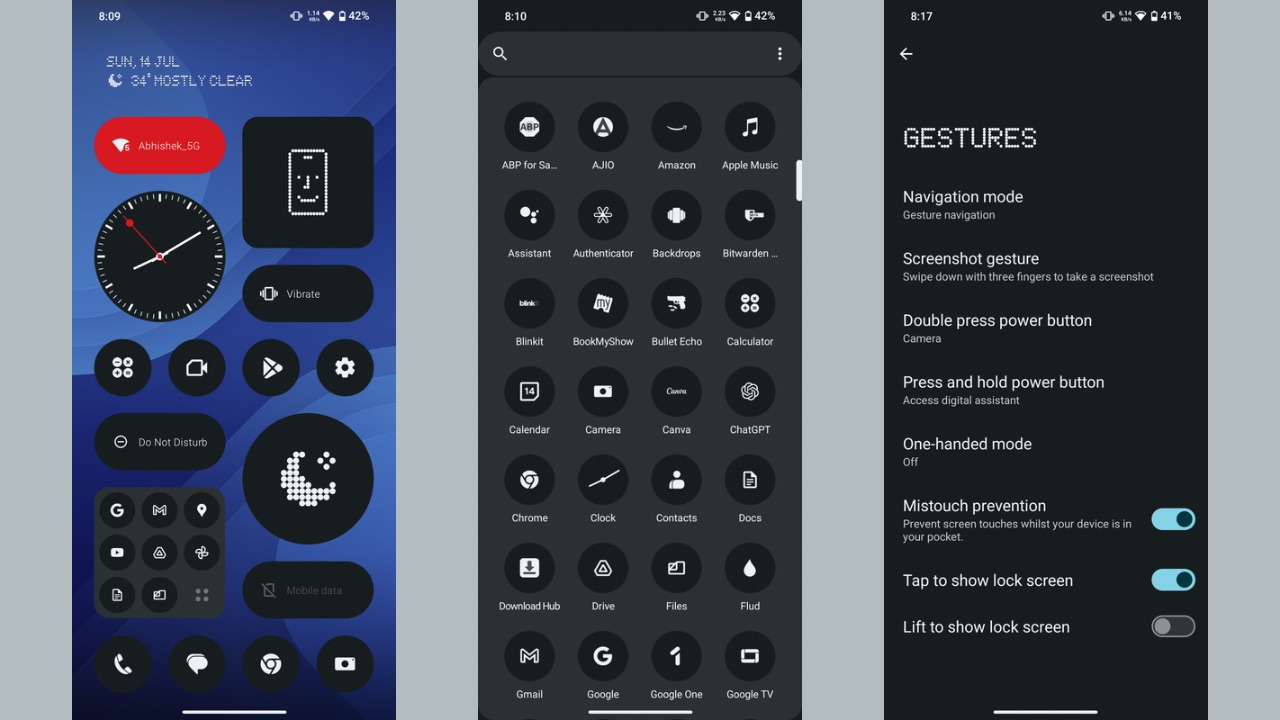
While the device isn’t meant for gaming, it can handle casual games without issues. The Phone 1 also gets a revamped Game Mode that can be enabled via a handle that shows up at the top left corner when you launch a game. Via the game mode, you can switch on the Performance mode, enable or disable quick call notifications, change the notification style, enable brightness lock, or instantly record the screen.
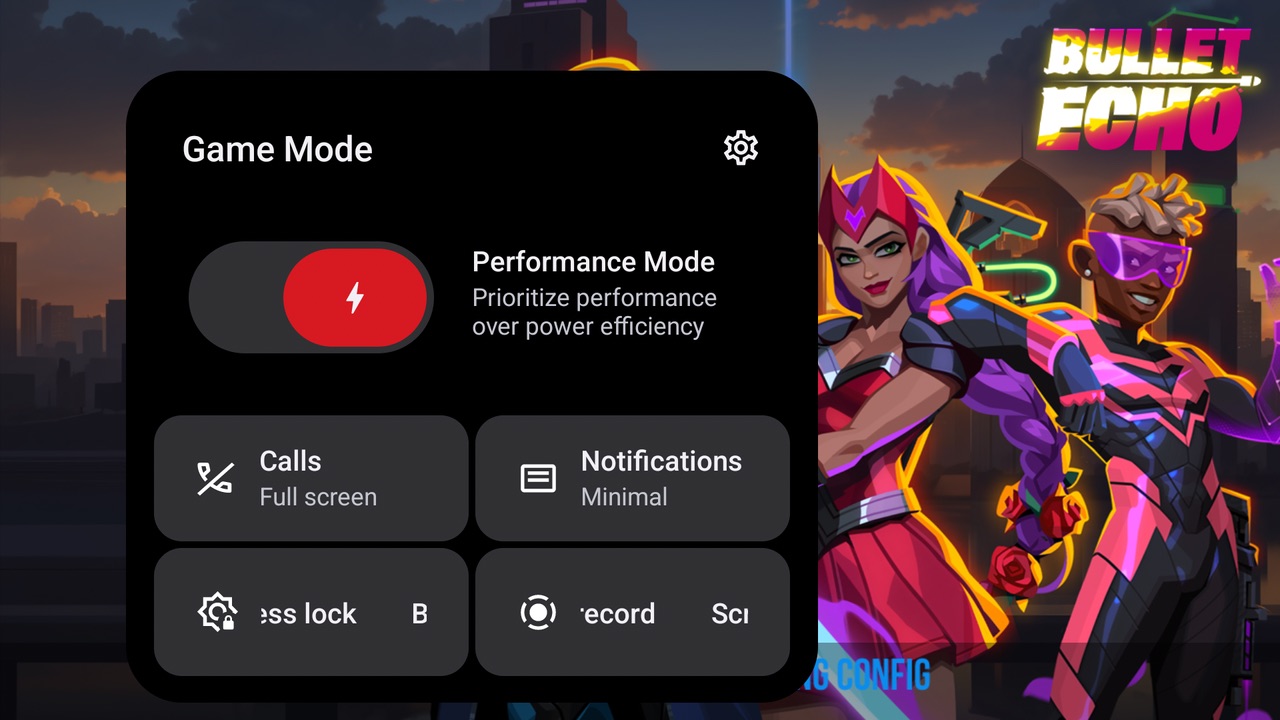
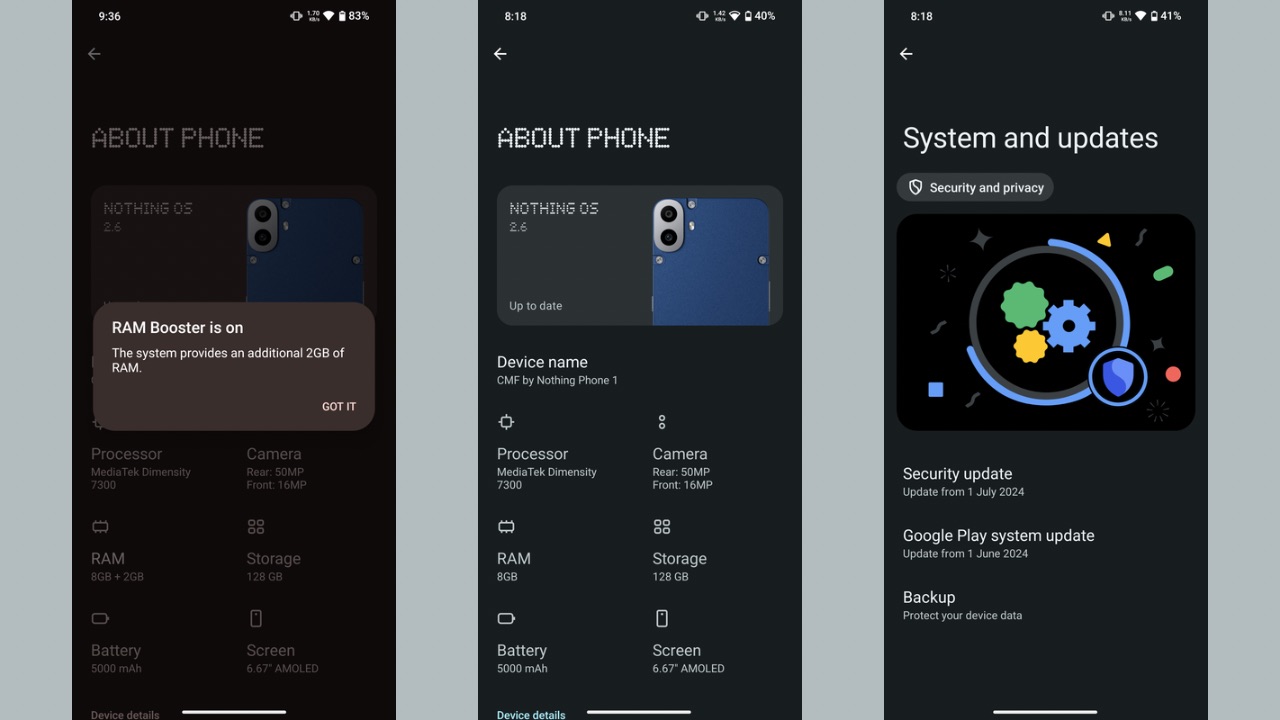
Aside from that, the regular Nothing OS features are also present, minus the glyph lighting features, which are, of course, due to hardware limitations. You get all the widgets with the Nothing launcher along with the ability to set custom icon packs, set an App lock, hide apps, change the system colours, create AI wallpapers with certain preset combos, use gestures like double pressing the power button to launch the camera, and much more.
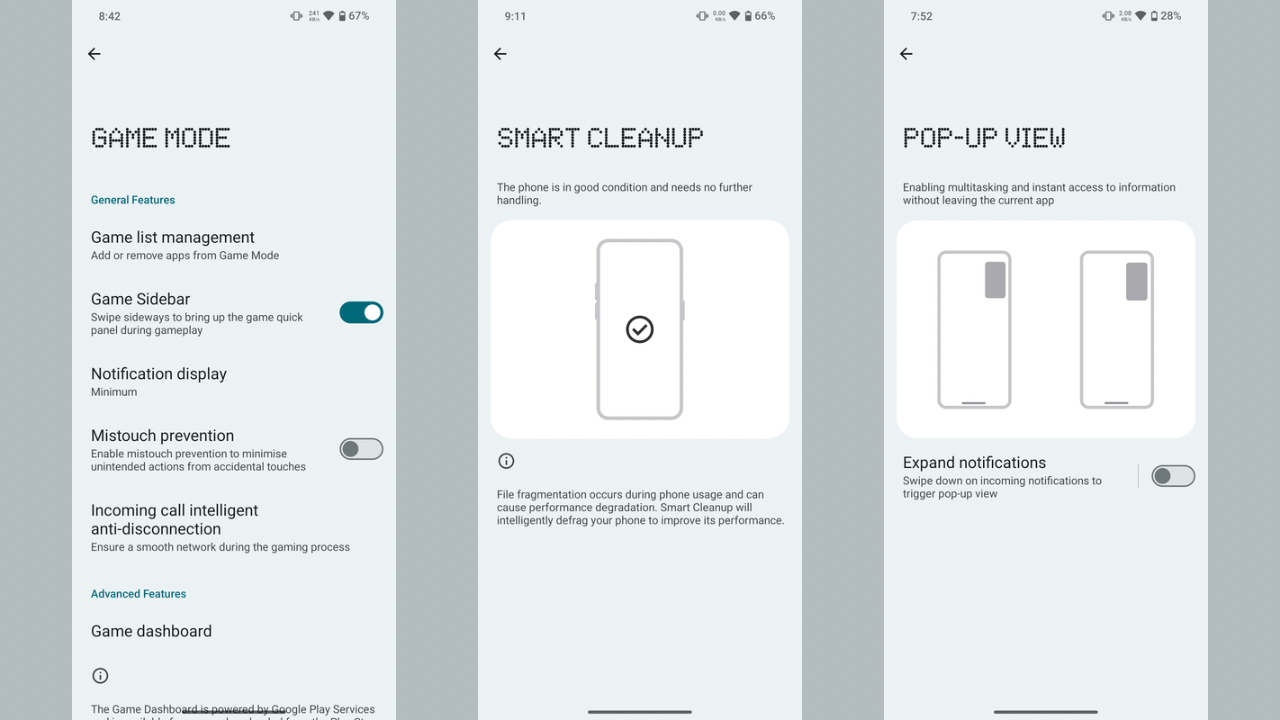
There’s also a new pop-up view where you can swipe down on an incoming notification to instantly open the app that’s sending the notification in a small pop-up window. In addition, there’s a new Smart Cleanup feature that will intelligently handle file fragmentation on your device to defrag it, further improving performance. We don’t see this feature on the Nothing Phone (2a) as of now.
The software experience remains clean, with very little bloatware present. Aside from Nothing’s Proprietary recorder, Nothing X, and the weather apps, all the other apps are from Google.
What I didn’t like about the Nothing OS in CMF Phone 1 is that it doesn’t support an Always-on display despite having an AMOLED display. To view time or notifications at a glance, you’ll have to either pick up the device or move it, which will then show you the said information. However, you cannot keep it switched on at all times. The feature has also been renamed from an Always-on display to a Glance display.
Based on our experiences with smartphones in this price range, the CMF Phone 1 currently delivers the cleanest, smoothest, and most balanced software in its segment. It’s as fast as what we saw with the Phone (2a), which is commendable.
The connectivity of the handset, including 5G performance, Wi-Fi, and Bluetooth, remained optimal. The device does lack NFC support, which is a bummer but manageable.
Battery backup
The CMF Phone 1 packs a 5000mAh battery with 33W Fast charging support. However, you do not get the charger in the box and will have to buy it separately for Rs 799 within 60 days of your CMF Phone 1 purchase, after which it will cost Rs 1,299. We think that’s one of the biggest disappointing aspects of the device in this price range, as almost all other devices in this segment come with a charger in the box.
The handset takes around 1h 15m to charge from 0 to 100%. That’s not the best charging time, but again, it’s acceptable. However, the battery backup of the CMF Phone 1 is impressive, as noted during our review period.
With moderate use, including tasks like chatting or scrolling through social media, some calling, casual gaming, listening to music, and browsing the web, the device easily lasted me more than a day with around 7 hours of screen-on time. With more active use, you can also get up to 8 hours of screen-on time which is excellent.
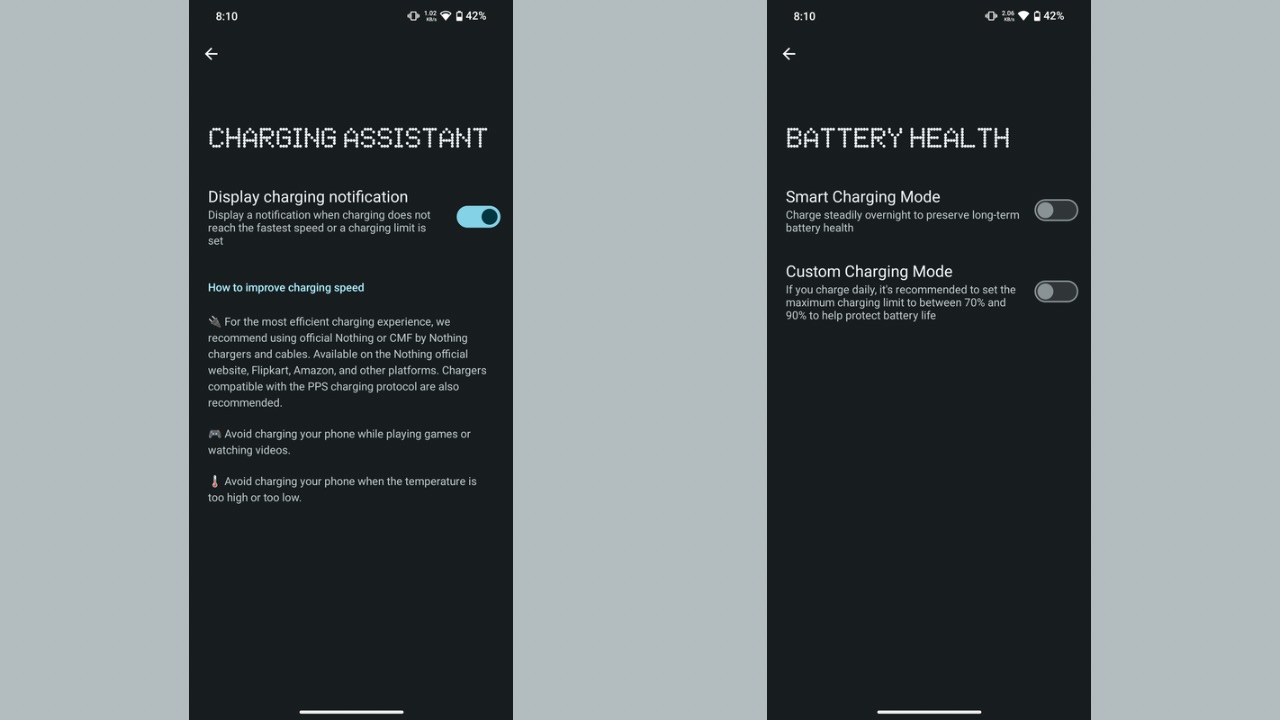
CMF Phone 1 also offers a couple of battery-related features that Nothing’s own devices don’t have. These include battery health features that allow you to limit charging to a certain percentage, with options including 70, 80, or 90%. A smart charging mode enables the device to charge steadily overnight to preserve long-term battery health.
A charging assistant feature also shows a charging notification when the device doesn’t reach the fastest speeds while charging or when a charging limit is set.
Cameras
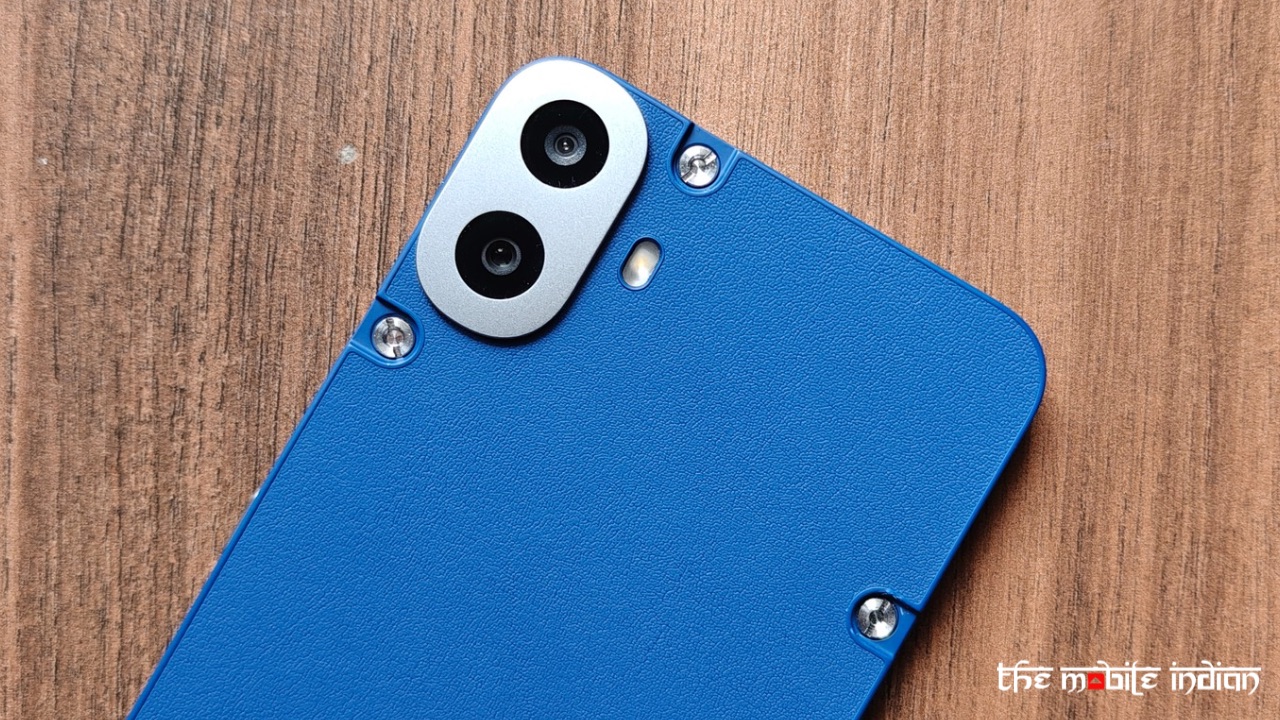
The CMF Phone 1 uses a dual rear camera system: a 50MP f/1.8 primary sensor paired with a 2MP depth-sensing lens. The camera app is the same as the one used in Nothing devices.
The app’s shutter lag is noticeable but not something to worry about frequently. It further comprises features like a QR code scanner, portrait mode, time-lapse, Expert mode, HDR, and a new mode selector that gives you two options, including natural mode and vivid mode.
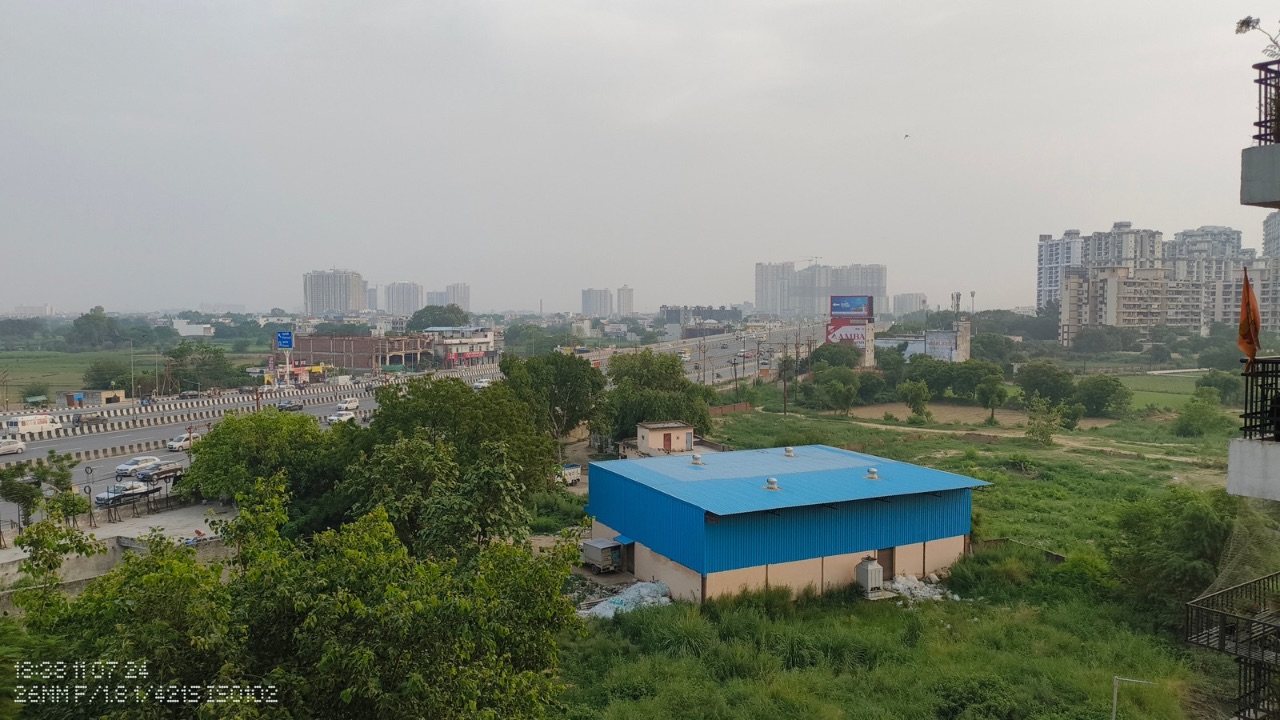
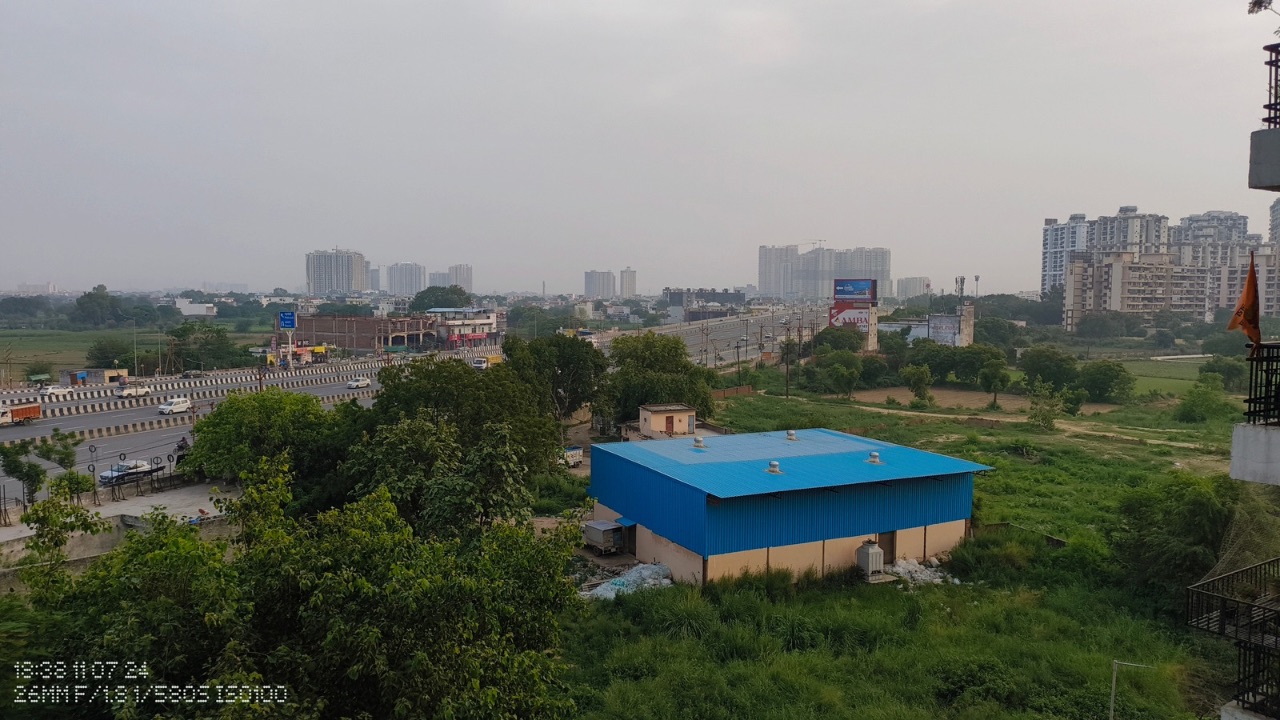
The natural mode retains the natural colours in a photo, which would appeal to those who want to shoot photos with a lifelike feel. The vivid mode, on the other hand, simply increases the vibrancy in the shot with colours that have higher contrast.
The detail in the photos we shot during the review of the CMF Phone 1 is decent, while the colour tones depend on the mode you select, as described above. Both of them offer a distinct look and will have their audience. The dynamic range remains acceptable in either of the modes.
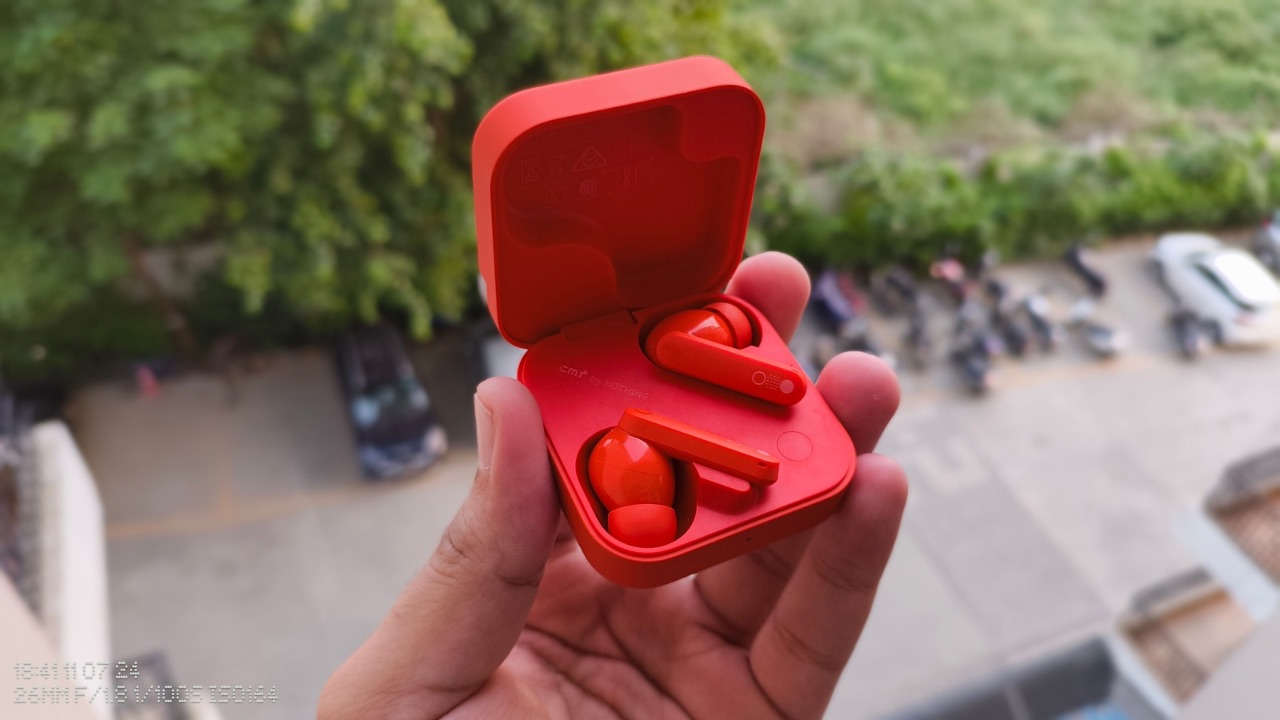
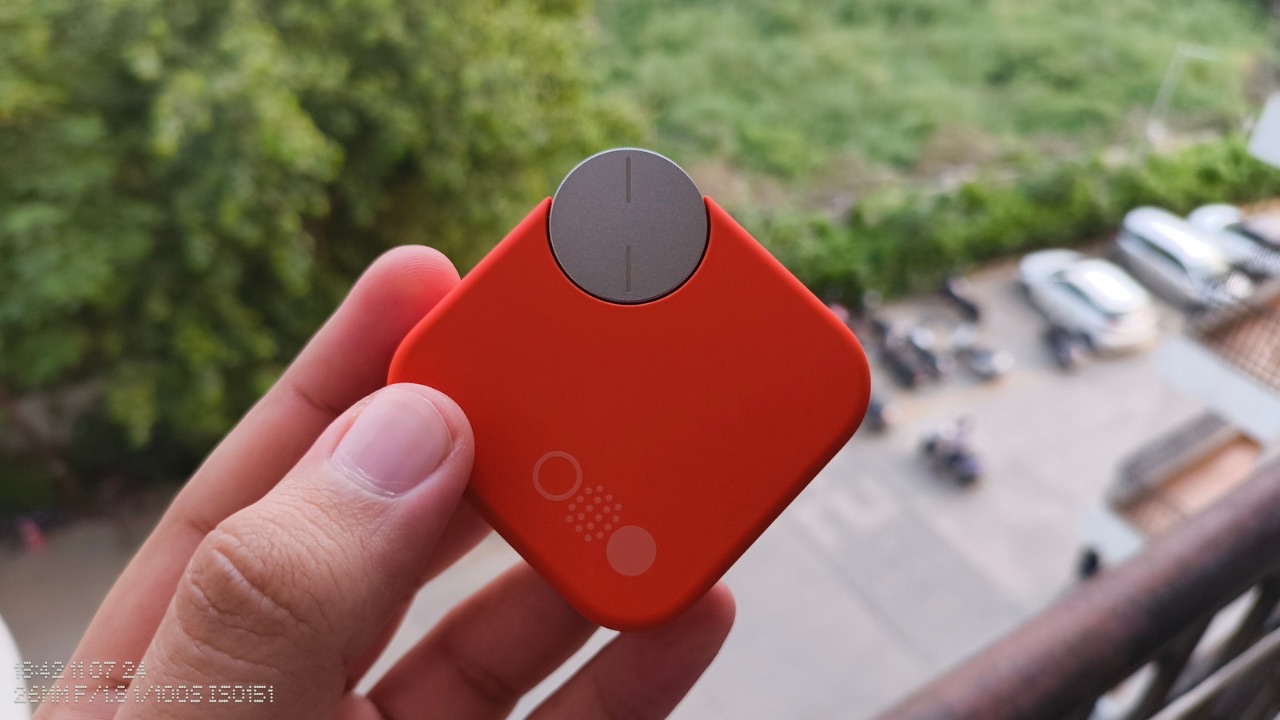
When shooting portrait shots, the colours do not remain consistent even when a single mode is selected. However, the edge detection and detailing in the photo remained satisfactory.
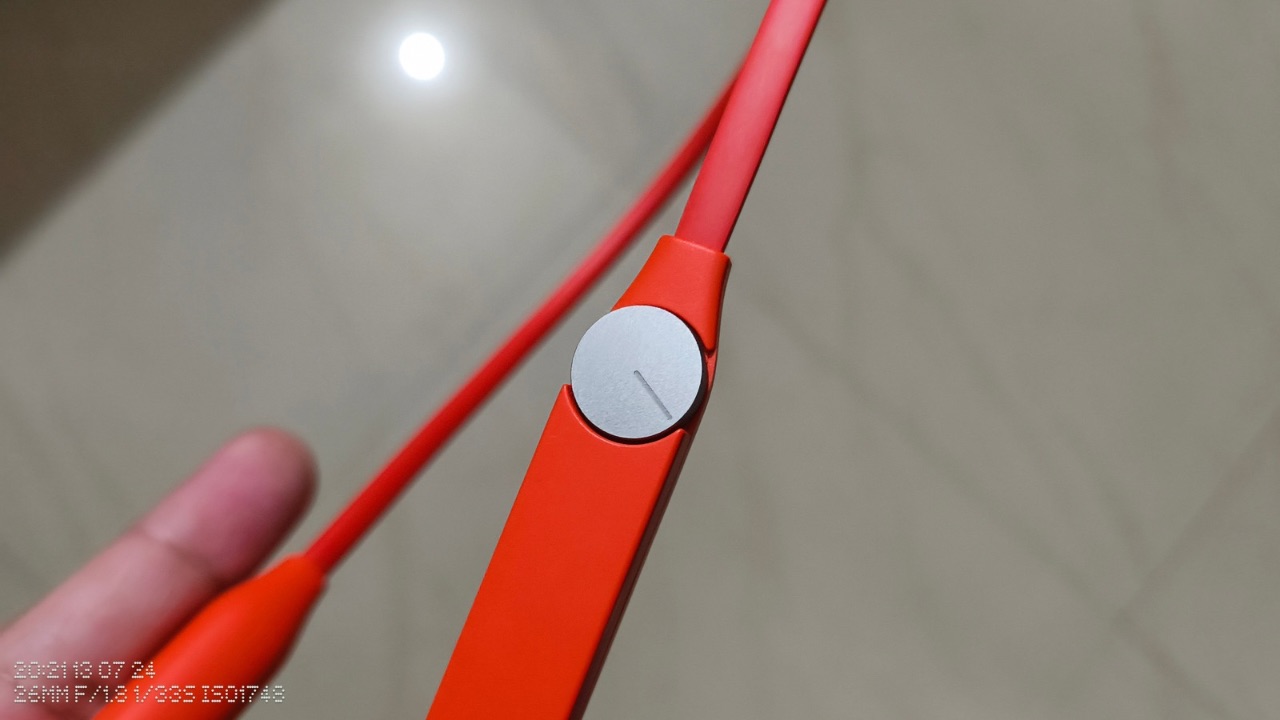

Selfies from the front-facing 16MP sensor are below average in terms of how it handles skin tones and overall quality. The photos also looked overexposed in some scenarios.
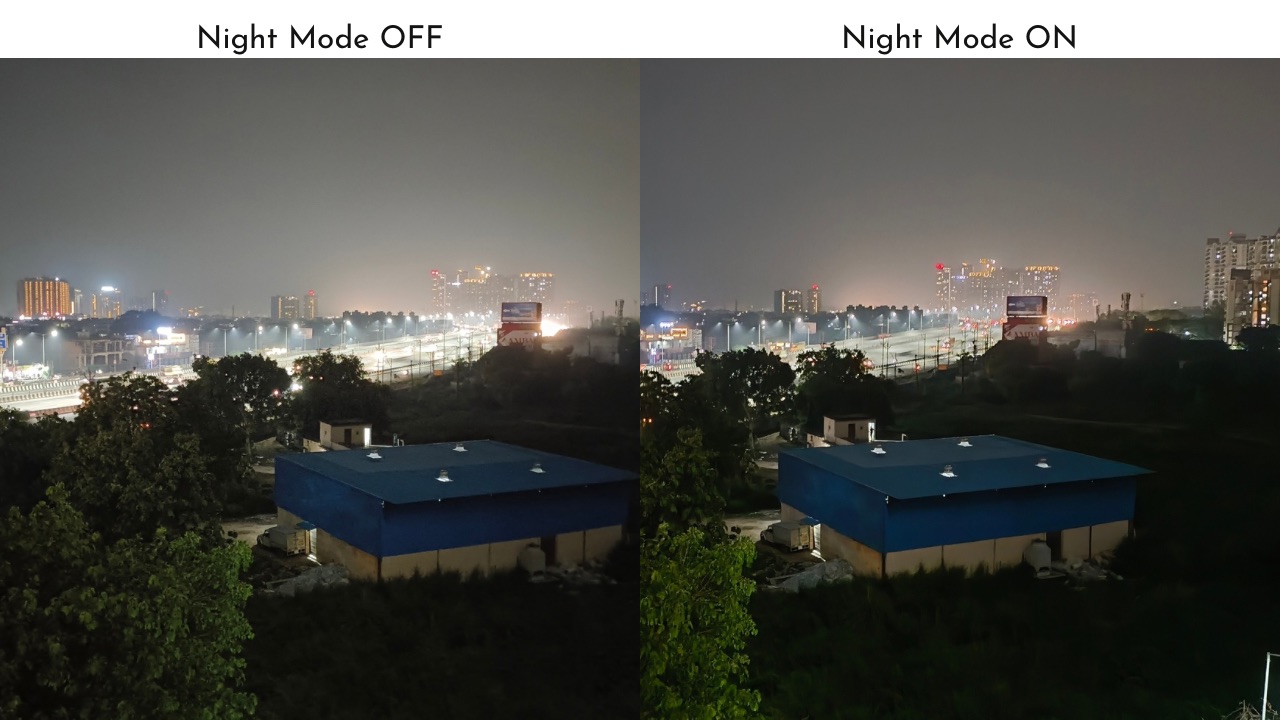
When shooting under artificial lighting, the photos appeared a little smudgy. However, the colours looked vibrant. As for low-light photos, the noise levels in the photo shot up. The smugness in the shot also increased. Activating Night mode in pitch-black conditions or at night enhances the dynamic range and increases the detail in the photos.


